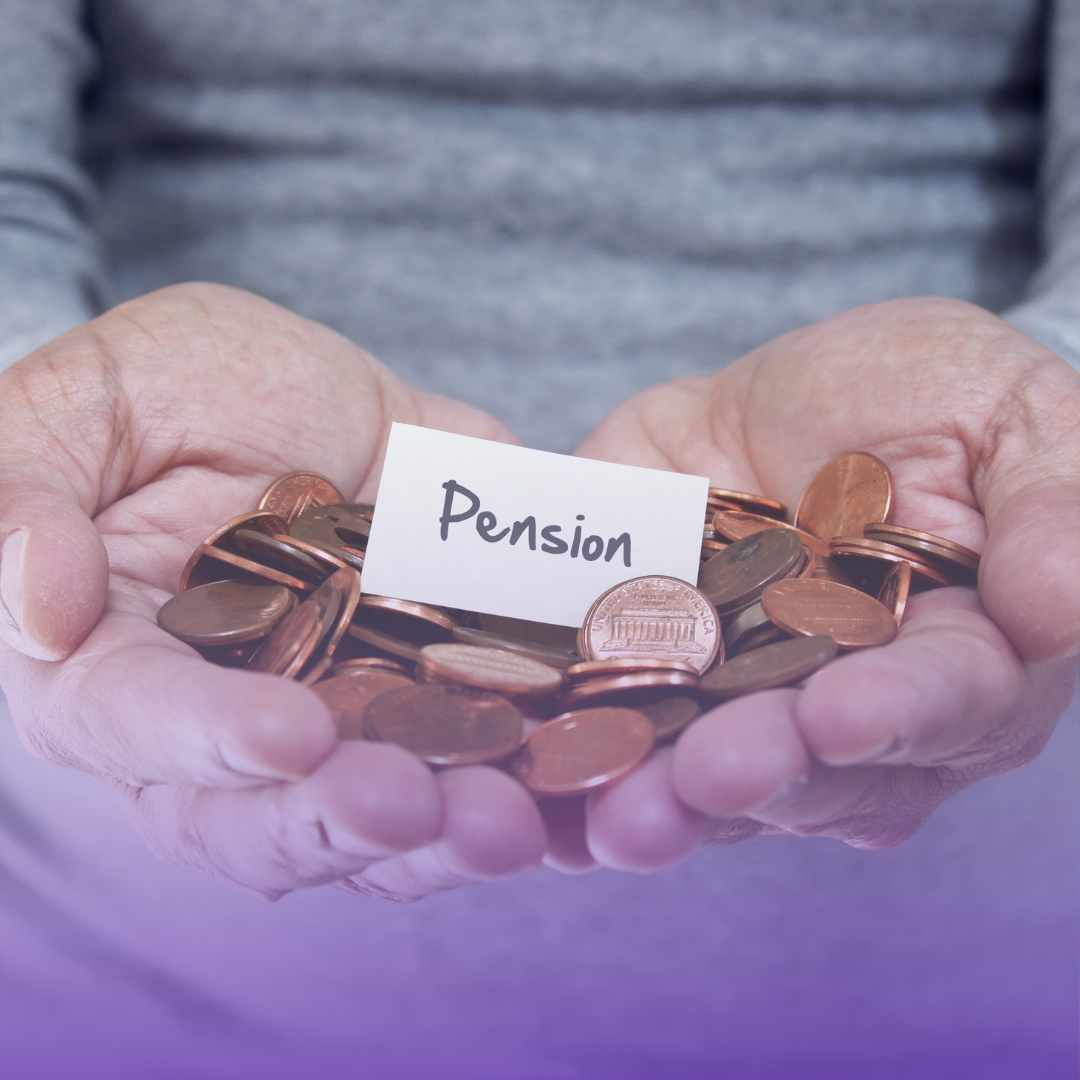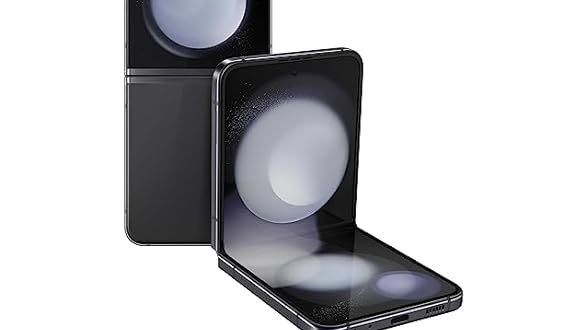When people think about retirement, many assume the State Pension will cover everything, so they put off retirement planning. But years later, they often discover the State Pension doesn’t stretch to the life they pictured, things like keeping up with bills, enjoying trips, or treating the grandkids. The truth is, relying on it alone can leave a gap between what you’ll have and what you’ll need.
Retirement planning is essential, and understanding a few basics makes it far easier to build a plan that actually works for you. In this guide, we’ll clear up the key points about the State Pension and private pensions so you can see how they fit together and start setting up a retirement plan that’s realistic, flexible, and truly yours.
What is State Pension?
The State Pension is a weekly payment from the Irish government when you reach pension age (currently 66) and have enough PRSI contributions. It’s not means-tested if you qualify for the contributory version, which means you can still get it even if you also have other income.
The State Pension is a great base for retirement income, but it might not be enough to live comfortably on its own. As of 2025, the maximum contributory State Pension is €289.30 per week.
Do the maths: is that enough to cover your basics like bills and groceries and still leave room for weekend treats, dinners out, a short holiday, or helping the grandkids? For many households in Ireland, the answer is no, especially with prices still running high.
Ireland is now the second most expensive country in the EU, so every euro has to stretch further. That’s where a private pension can back you up, giving you more breathing room and helping you keep your lifestyle in retirement.
What is a Private Pension?
A private pension is money you (and sometimes your employer) put aside and invest for the future. You’re building your own retirement pot over the years, and what you end up with depends on how much you contribute, how long you invest, fees, and market performance.
Unlike the State Pension, you have more control over how much you pay in (within limits), the investment approach, and when benefits start, subject to the plan’s rules.
Why Should I Have a Private Pension?
First, the State Pension on its own may not be enough for the lifestyle you want. Second, a private pension lets your money grow over time through compound growth, small, regular contributions can add up.
And when you retire, most plans let you take up to 25% of your pot as a tax-free lump sum (within Revenue rules), which can help with significant costs, clearing debts, or simply enjoying life.
Read our full article that explains why having a private pension is a smart move.
Types of Private Pensions
Occupational pension
It comes through your job. Occupational pensions are provided by employers and usually come in two types: defined benefit (DB) schemes, which promise a set payout in retirement, and defined contribution (DC) schemes, where your final pot depends on what you and your employer pay in and how the investments perform.
A big plus is employer matching; if you contribute, for example, 5% of your salary, your employer might put in 5% too. That’s essentially free money for your future. Learn more about Occupational Pension Schemes.
PRSA (Personal Retirement Savings Account)
This type of pension is personal and portable. Handy if you change jobs or are self-employed. Read more about PRSAs.
Personal Retirement Bond (PRB)
Sometimes called a Buy-Out Bond, lets you move the value of your pension into a policy in your own name when you leave an employer’s scheme. You’ll get a Leaving Service Options Form from your former employer’s occupational pension, explaining your choices.
The money stays invested in the PRB until you retire, and then it’s used to provide your retirement benefits. Learn more about PRBs.
AVCs (Additional Voluntary Contributions)
They let you top up an existing pension if you want to boost your future income. Read more about AVCs.
Publisher: Source link











